Induced Demand Debunked
I’ve wanted to write for a while about “induced demand”, the specious argument that expanded roads just fill up with new traffic so why should we bother?
Two articles below debunk the induced demand argument in their own ways, but here’s my own TL;DR summary: Which type of infrastructure should government invest in: transit almost nobody will use, or lanes everybody will use? Induced demand is a false argument. Nobody says “don’t build a new airport terminal or runway – it will just fill up with new flights” or “don’t build a new port terminal – it will just fill up with ships” (🙄 eye roll)
The first is from the well-known Matthew Yglesias: What does “induced demand” really amount to? – We should build infrastructure that people use. Key excerpts:
“The New York Times recently did a big feature grounded in induced demand theory headlined “Widening Highways Doesn’t Fix Traffic. So Why Do We Keep Doing It?” which skirted around the kind of obvious answer that we do it because it lets more people drive to more places.
In other words, I think the idea of induced demand is just somewhat less paradoxical than people make it out to be.
Consider the traffic impact of a mass transit project rather than highway widening. In the aforementioned Los Angeles, a project is currently underway to extend the little stump of a purple line in the map below and extend it west to Beverly Hills, then down Wilshire Boulevard into Santa Monica and to the Pacific Ocean. This may never happen due to the usual litigation and delays, and it’s conceivable that once completed the project will be a low-ridership white elephant. But let’s stipulate that it gets built and that lots of people take advantage of this transit option.
Well, what happens next?
- Some of the people riding the new Wilshire Metro will be making trips they wouldn’t otherwise have made, taking advantage of new opportunities and making their life better.
- Some of the people riding the new Wilshire Metro will be making trips they otherwise would have made by car, reducing traffic.
- But now that there’s less traffic, some people throughout Los Angeles will make trips they otherwise would not have made due to fear of traffic jams, bringing the system back to congested equilibrium.
In other words, “Ambitious Mass Transit Projects Don’t Fix Traffic. So Why Do We Keep Doing Them?” …
But “inducing” extra demand would be part of the point — the only thing worse than a new highway project that only causes people to drive more would be a new highway project that didn’t cause people to drive more and wasted a bunch of money.”
Most new demand on expanded roads comes from new population, new employment and economic activity (some or all of which may have been attracted by enhanced transportation infrastructure), traffic rerouted from neighborhood streets or congested roads, or travel that has shifted in time to the benefit of the traveling public now that more capacity is available to undertake activities during desired travel times.
…
Since approximately 2005, U.S. vehicle travel per person has not grown and the amount of travel on roads with newly increased capacity attributable to additional or longer induced trips is likely modest. The National Household Travel Survey documents declining trip rates as telework, e-commerce, and other communications substitution opportunities further dampen travel demand growth pressures, particularly for urban households. If travel expanded to fill all capacity, we would not have any low-volume highways.
More importantly, characterizing induced travel as bad or wasted is a misrepresentation of the value that people derive from engaging in travel. It’s not just wealthy folks making superfluous trips. Residents having access to better jobs or businesses with better selection and lower prices isn’t bad. Businesses having access to a bigger labor pool and potential customer and supplier bases because people can travel farther in a tolerable amount of time isn’t bad. Making supply chains work better isn’t bad. Getting emergency vehicles where they need to go faster isn’t bad. Pulling cut-through traffic out of neighborhoods to travel on a safer highway facility isn’t bad. Having more direct and less congested—and thus environmentally greener—trips isn’t bad. Enabling parents to get home and share a meal with the family isn’t bad. Using transportation infrastructure to shape development or improve economic competitiveness isn’t bad. Being able to engage in social interactions and recreational activities isn’t bad, and contributes positively to physical and mental health.
…
Overplaying induced demand arguments as a pretext for discouraging roadway expansion or presuming travel demand can be accommodated by investing in alternative modes can be disingenuous and ill-informed. The presumption that directing resources to transit, bike, or pedestrian options can meet the mobility needs of all people and goods seldom works out as a real solution that is financially sustainable, environmentally superior, or offers comparable mobility, accessibility, or other benefits.
That yellow highlight is my favorite, crisply articulating all the benefits of expanded highways. Keep it in mind next time you hear silly “induced demand” arguments being thrown against new projects.
This piece first appeared at Houston Strategies.
Tory Gattis is a Founding Senior Fellow with the Urban Reform Institute and co-authored the original study with noted urbanist Joel Kotkin and others, creating a city philosophy around upward social mobility for all citizens as an alternative to the popular smart growth, new urbanism, and creative class movements. He is also an editor of the Houston Strategies blog.

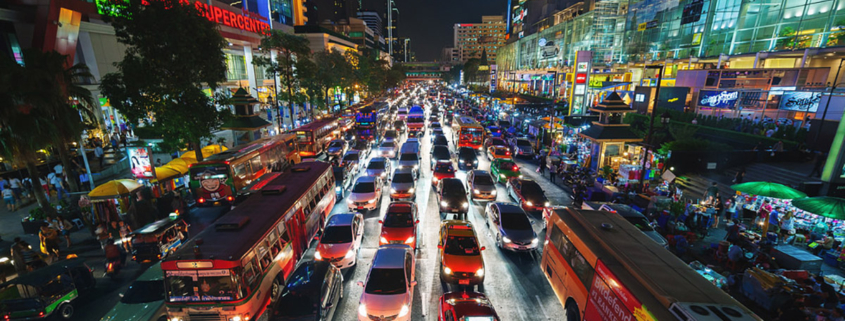
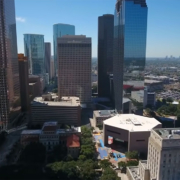
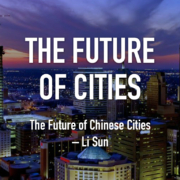
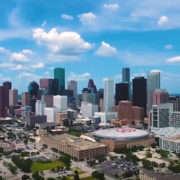
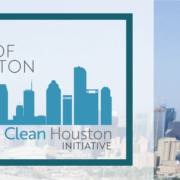
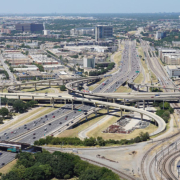
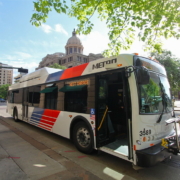 Roy Luck
Roy Luck
